James Neidlinger
I found James Neidlinger on YouTube, he had posted a short demo of how to perform Snakes with Indian Clubs. During the tutorial James talks and simultaneously swinging Reels, this was the first time I had actually seen both Snakes and Reels performed live, I wrote to James asking for more tutorials, and James duly recorded a second video.
I have included both of these excellent videos in this interview for you to see. I highly recommend you watching them if you are interested in finding out how to swing Snakes and Reels.
When did you start swinging Indian Clubs?
James Neidlinger:- I started turning clubs around 1997 or so, my mate Spencer Bradford showed up with a VHS of Dr Ed Thomas. We picked up what we could from there and kept going with it, later getting into maces, gada etc.
What sparked your interest in Indian Club Swinging?
James Neidlinger:- Besides the immediate connection to the martial arts I practise and teach (The Inosanto Blend of Filipino Martial Arts and JKD) the restorative aspect of it appealed to me. They were light, easy to transport and simple to use, while still providing a lot of potential for building high-quality movement and strong healthy joints, ligaments and tendons.
The connective tissue is ignored largely by most fitness routines. There is also the novelty aspect, every turn of the club is different, and the variety I can impose is limitless, foot position, lunges, upper body position, head, neck and eye positions can all be changed to challenge different aspects of the system.
Adding stepping, lunging, walking, bridging…..
It can be a full-body workout or a full-body warm-up. I have yet to become bored turning clubs or to have run out of ideas.
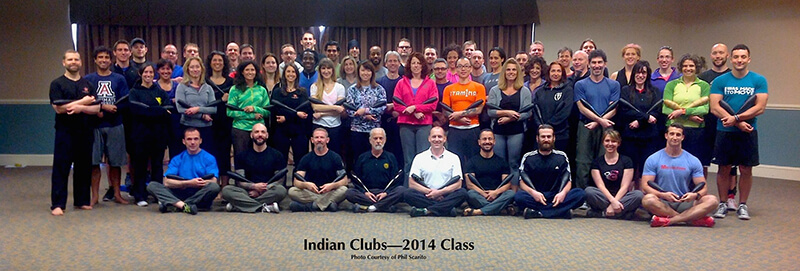 Can you explain why you enjoy Indian Club exercise?
Can you explain why you enjoy Indian Club exercise?
James Neidlinger:- The variety, the complexity and simplicity, clubs are fantastic. My 1 lb pair of clubs fit in my shoulder bag and give me an easy way to maintain movement practice while challenging my mind and body.
The grip gets worked, the shoulders and elbows get low-level brachiation (mimics hanging) in full ranges of motion, and the patterns add a mental challenge. Trying to build new patterns, or transition from one to another, is a constant challenge.
Do you swing Indian Clubs one or two-handed?
James Neidlinger:- Both, I will use single and double club work, as well as my slosh pipe, I need to make another mace and gada set as I have been using the slosh pipe as a mace, and while fun, it does not have the same feel.
If you were to be cast away alone on a desert island, which pair of Indian Clubs would you choose to have with you?
James Neidlinger:- That’s tough, I have a pair of teardrop rosewood clubs that were made by motion RX, they were a gift from Dr Thomas, they may be my favourite piece of kit, still, the 3 lb Kehoe clubs I have are pretty great, but maybe too heavy for every day on a desert island.
Have to say the teardrops.
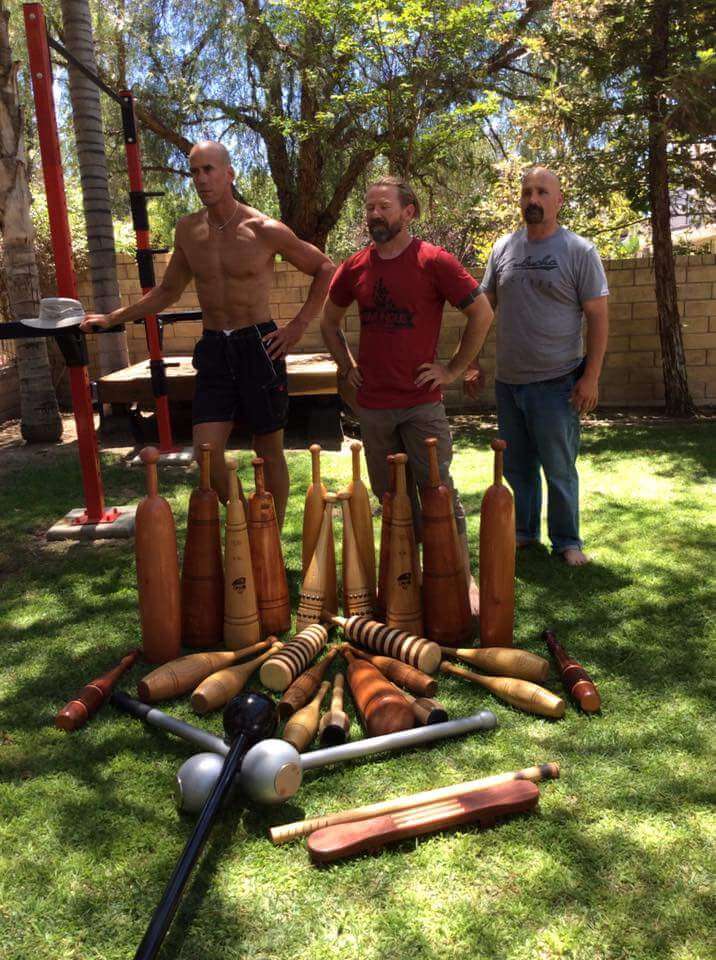
What are the characteristics of your favourite Indian Clubs?
James Neidlinger:- Symmetry, weight and a well-turned handle. The shape of the head really dictates how the clubs turn, the speed and weight are really dependent on that.
Why did you decide to become an Indian Club trainer?
James Neidlinger:- I saw the clubs as a means of filling in a gap that was present in many peoples fitness programs. Brachiation, or hanging from the limbs, is a really important aspect of full-body health.
Adding the clubs to peoples practice helped fill that gap, it gave me a way to get people to build really solid movement maps while having fun.
What are the benefits of swinging Indian Clubs?
James Neidlinger:- Light, compact, easy to travel with and easy to use, even a beginner can benefit from the most basic use of the clubs.
They are intuitive and lend toward self-exploration, I ask my clients to try and build their own routines and patterns, to show me something I haven’t thought of yet.
Clubs are like Jazz, you can play the Standards or you can just Jam.
When turning clubs you are working the whole body, vision, balance, good feedback loops from joints to brain, the cross-body movements stimulate the brain and keep the neurological connections strong and help build new ones. The mobilisation of the body, joints, nervous system and fascia is hard to beat. I can target specific parts of the brain or body by changing stances and patterns. It’s unlimited.
How do you keep your Indian Club knowledge up to date?
James Neidlinger:- I have a collection in my dropbox of club manuals I have found over the years, and I am constantly comparing and correlating the different author’s methods and ideas, there are common themes that run through all of the literature, but some of the authors have nuances that are not present in all of them.
Heavy vs. light, Indian vs. German vs. Swiss or Persian or Russian….every culture has some form of club turning, and they all show different aspects of the needs and requirements of the culture they come from.
Most of the club work is geared toward preparation for war or recovering from the deleterious effects of martial training or action. This also keeps me interested, as you can learn a lot about a culture from their history of warfare. As different cultures clash, and eventually trade and interact, the blends you see emerge are fantastic.
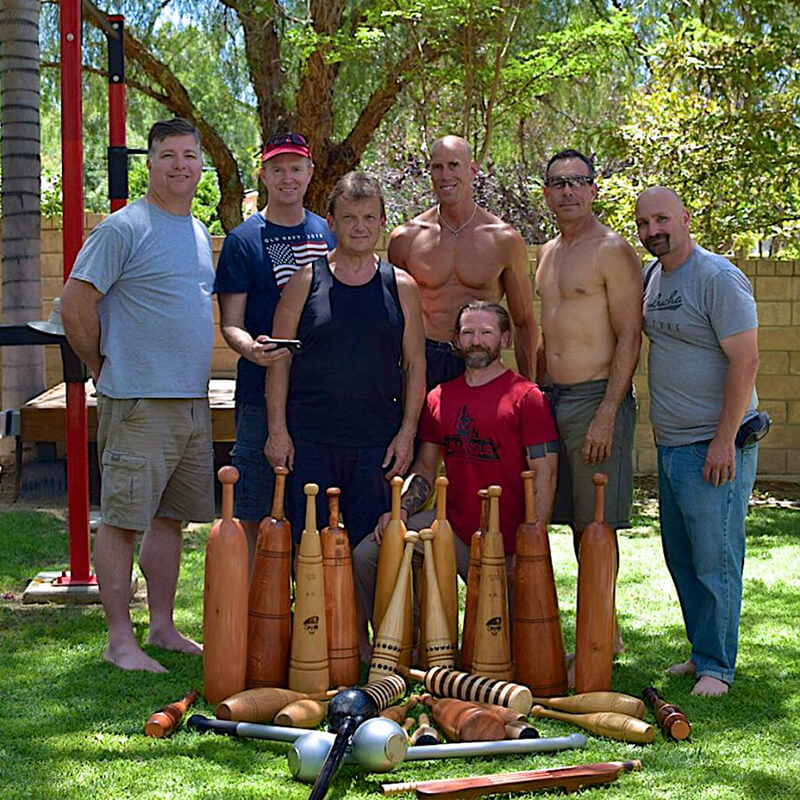
From the left:- Patrick Brennan, Doug Orchard, Paul Taras Wolkowinski, Kevin Rail, James Neidlinger, Ron Jones and Phil Roland.
Out of all the old books written about Indian Clubs, which one is your favourite and why?
James Neidlinger:- The Kehoe manual is a simple go-to resource, but I think the Benedict Manual “boxing, club swinging, wrestling, and other manly sports” is my favourite, not only for the title but because it combines activities that are supportive and complimentary. It gives a good perspective on the why and the what. The Cobbett and Jenkin manual also stacks up as a go-to resource.
If anyone wants a link to the dropbox folder just hit me up, I will be happy to share the library.
Is there anything else you would like to share?
James Neidlinger:- Play! two tennis balls and a pair of plunger handles make a set of clubs, you can spend tons of money, or you can go low tech, but play either way. Find others around you that are doing it and meet up, share ideas and insights, if you can’t find anyone near you, get online, there are so many people moving back toward the classical physical culture practices, medicine balls, light dumbbells, clubs, callisthenics etc. Things that require little to no equipment, just a dedication to precision, logical progressions, and unlimited variety. If its play, you will likely continue longer than if its a “workout”
James Neidlinger:- YouTube
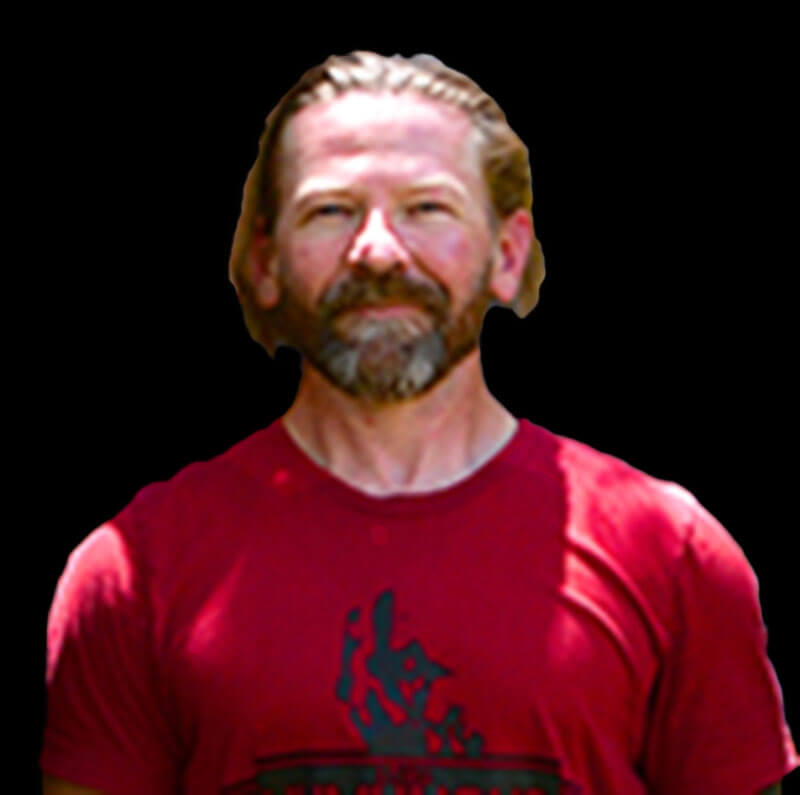
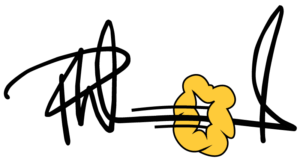
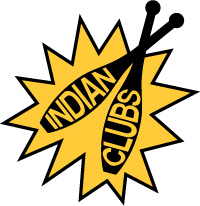
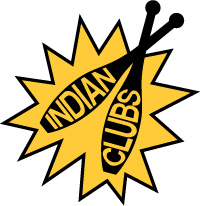
You might also add 3 ball cascade juggling to your practice.